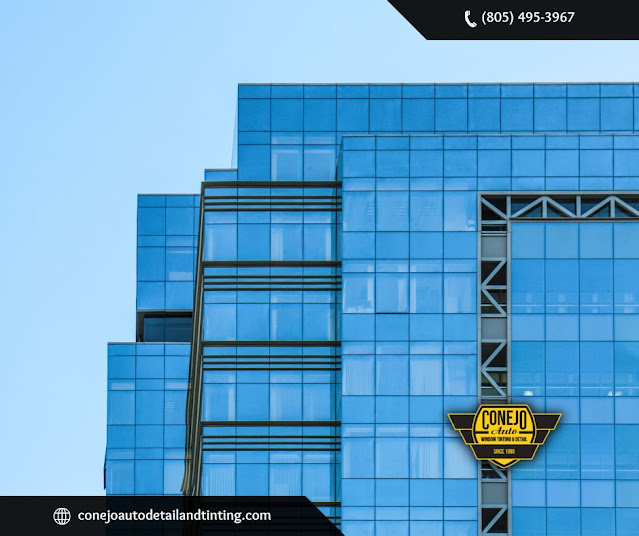Ceramic Vs. Carbon: Comparing Popular Types of Tint for Car Tinting
In the realm of automotive window tinting, the distinction between ceramic and carbon films centers not only on their compositional differences but also on their performance in thermal insulation and optical clarity. Ceramic tints leverage advanced nano-ceramic technology, which is highly effective in blocking infrared radiation and ultraviolet light without compromising visibility, thereby enhancing the driving experience. Conversely, carbon tint films, embedded with micro-layered carbon particles, offer robust durability and a unique matte finish that can significantly reduce glare. As car owners weigh the functional and aesthetic benefits of each tint type, understanding the subtle yet impactful differences between them becomes crucial for making an informed decision. What, then, might be considered when choosing between advanced ceramic and resilient carbon tints for your vehicle?
Understanding Ceramic Tint
Ceramic tint, a highly effective type of automotive window film, utilizes nano-ceramic technology to provide superior heat rejection and UV protection without compromising visibility. This advanced material is engineered through the precise dispersion of ceramic nanoparticles within the tint film. These particles are non-metallic and non-conductive, ensuring that they do not interfere with radio, cellular, or Bluetooth signals, unlike some other types of window tints.
The nano-ceramic construction offers a significant reduction in infrared light, responsible for the buildup of heat within the vehicle. By blocking up to 99% of UV radiation, ceramic tint not only protects the occupants from harmful UV rays but also minimizes fading and deterioration of car interiors. The durability of ceramic tint is enhanced by its high resistance to fading, peeling, and cracking, attributes that stem from its stable chemical structure.
For community members who value a blend of functionality and aesthetic appeal, ceramic tint provides a sleek appearance without the shiny look associated with metallic tints. Its ability to be produced in various shades allows for compliance with stringent window tinting laws while maintaining a sense of personal style and belonging within the automotive community.
Exploring Carbon Tint
Carbon tint, another advanced option in automotive window films, incorporates carbon particles to enhance its performance in heat and UV rejection. This technology not only elevates the vehicle's aesthetic but also contributes significantly to its functionality. The carbon particles effectively block a substantial portion of the ultraviolet radiation that can deteriorate interiors and harm skin. Additionally, these particles are engineered to prevent the film from fading, ensuring longevity and sustained performance.
The benefits of carbon tint extend beyond its protective features, fostering a sense of unity among car enthusiasts who prioritize both style and substance.
Consider the following aspects that resonate strongly within the community:
- Enhanced Privacy: Provides a shield against prying eyes, creating a private sanctuary within your vehicle.
- Superior Durability: Unlike dyed tint, carbon does not fade over time, maintaining its quality and effectiveness.
- Energy Efficiency: Reduces the need for air conditioning by blocking infrared rays, thus conserving fuel and reducing emissions.
- Aesthetic Appeal: Offers a matte-finish that enhances the overall look of your vehicle, making it stand out among the standard.
Each of these points not only addresses practical benefits but also taps into the emotional aspect of belonging to a group that values advanced technology and superior craftsmanship.
In conclusion, both ceramic and carbon tints provide robust solutions for automotive window tinting, each harnessing distinct technologies to enhance vehicle performance and aesthetics.
Ceramic tints excel in UV blocking and heat rejection due to their advanced nano-ceramic technology, while carbon tints offer superior durability and fade resistance, attributed to the incorporation of carbon particles.
Car owners must weigh these attributes against their specific needs to select the most suitable tint type, thereby optimizing both utility and vehicular longevity.




Comentarios
Publicar un comentario